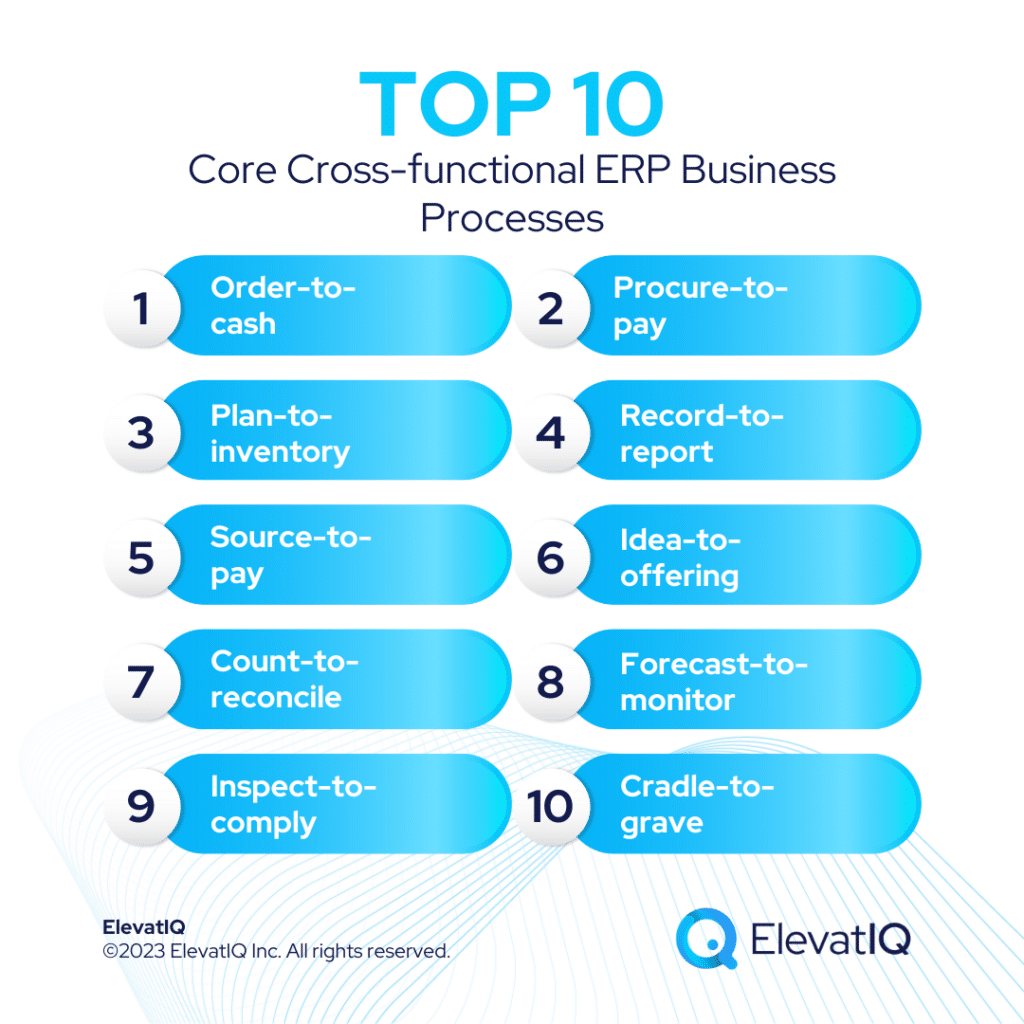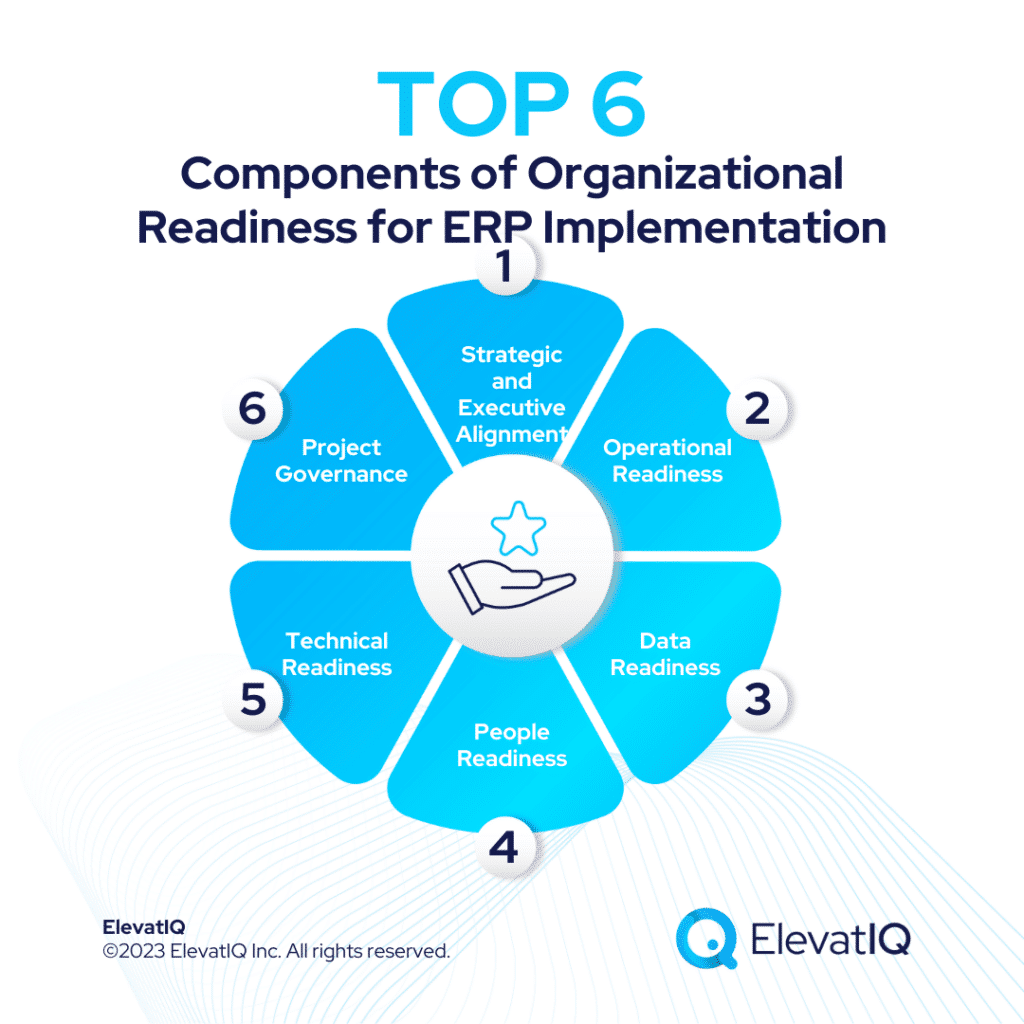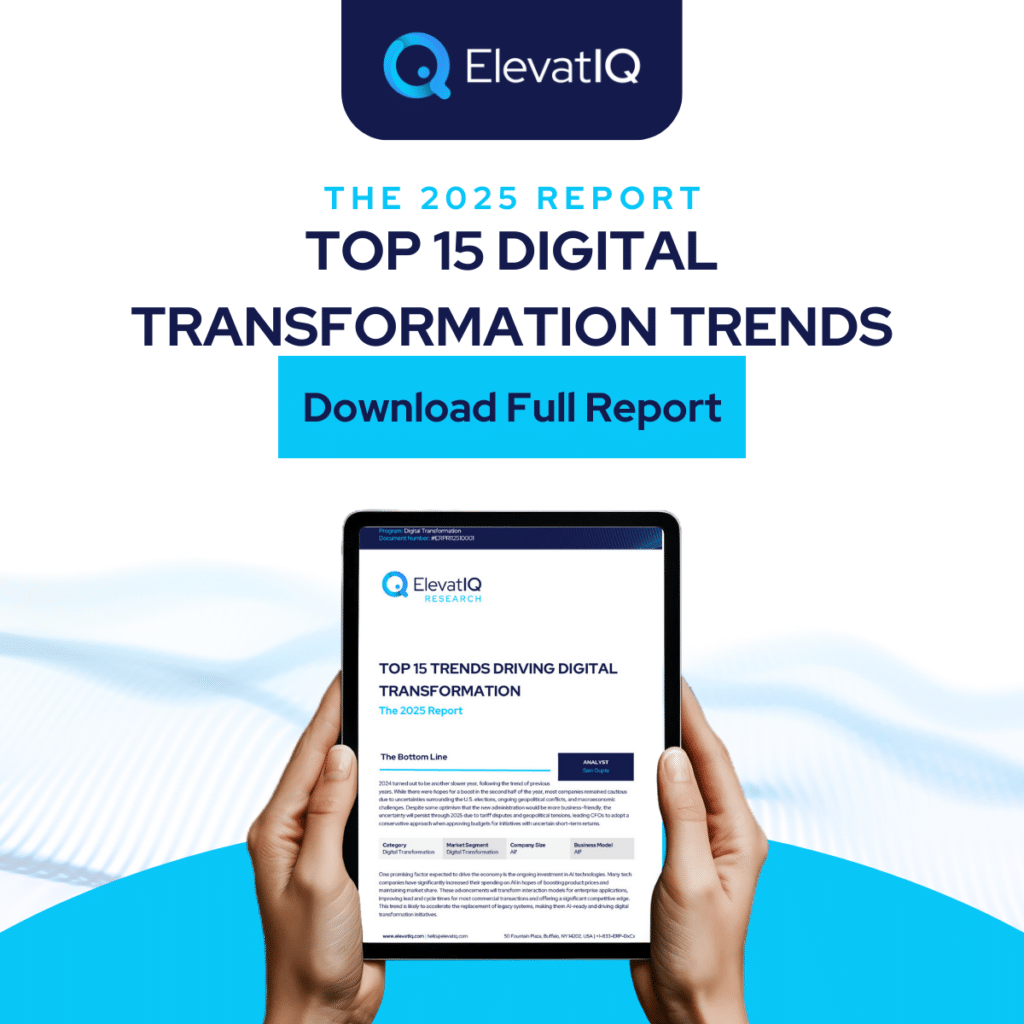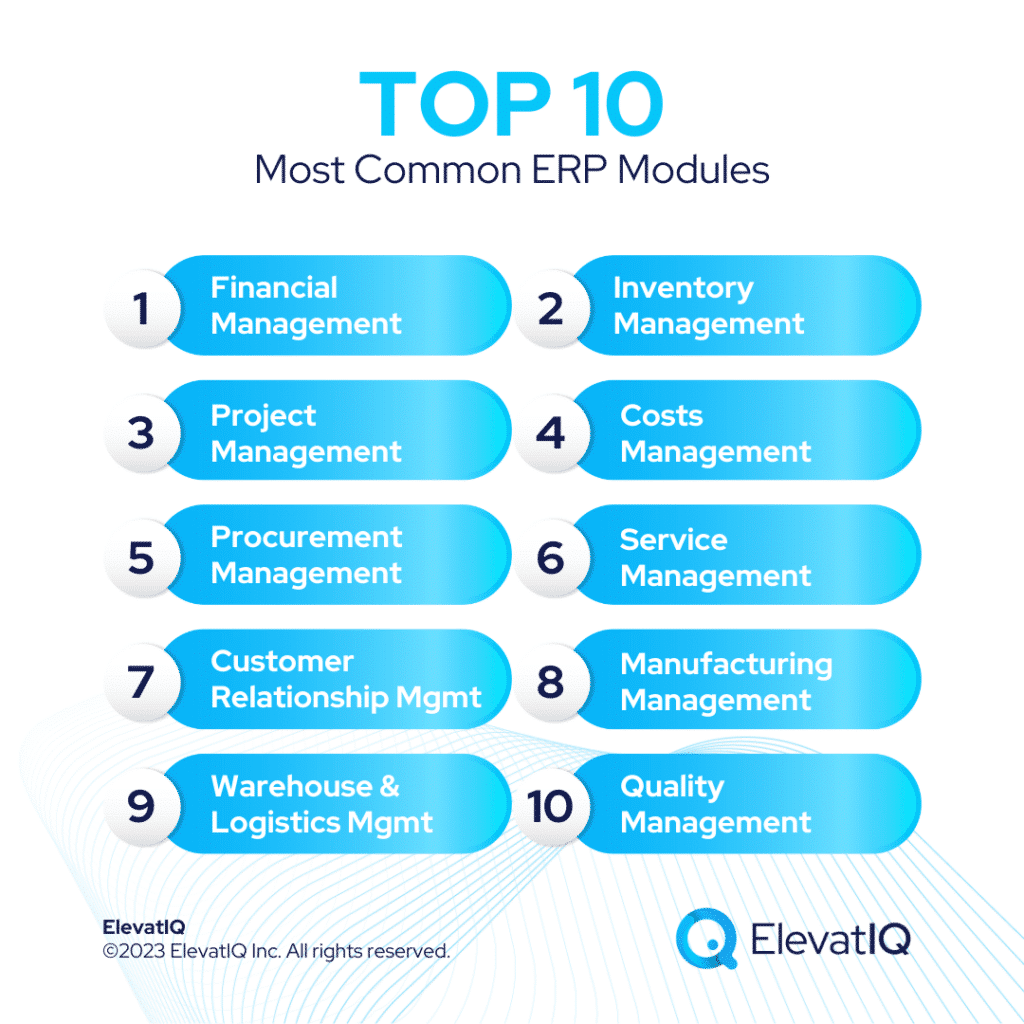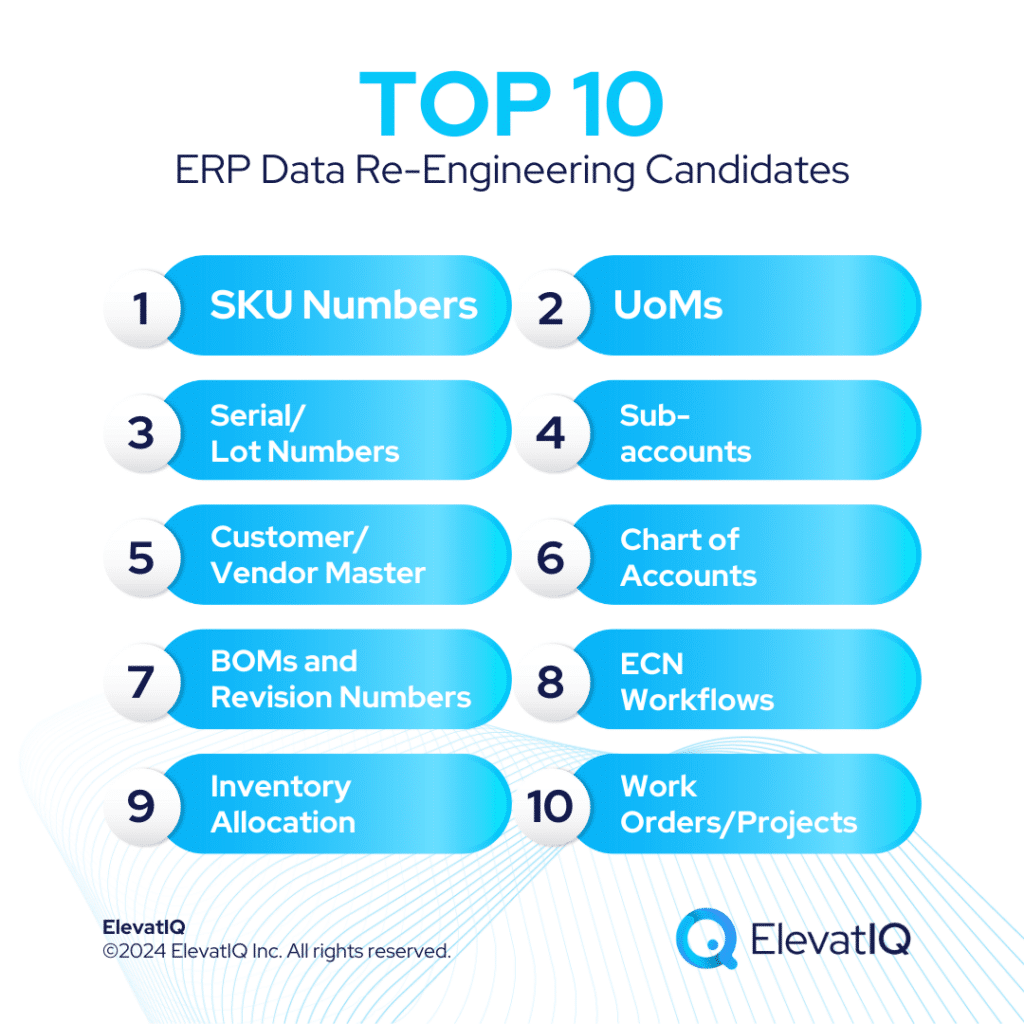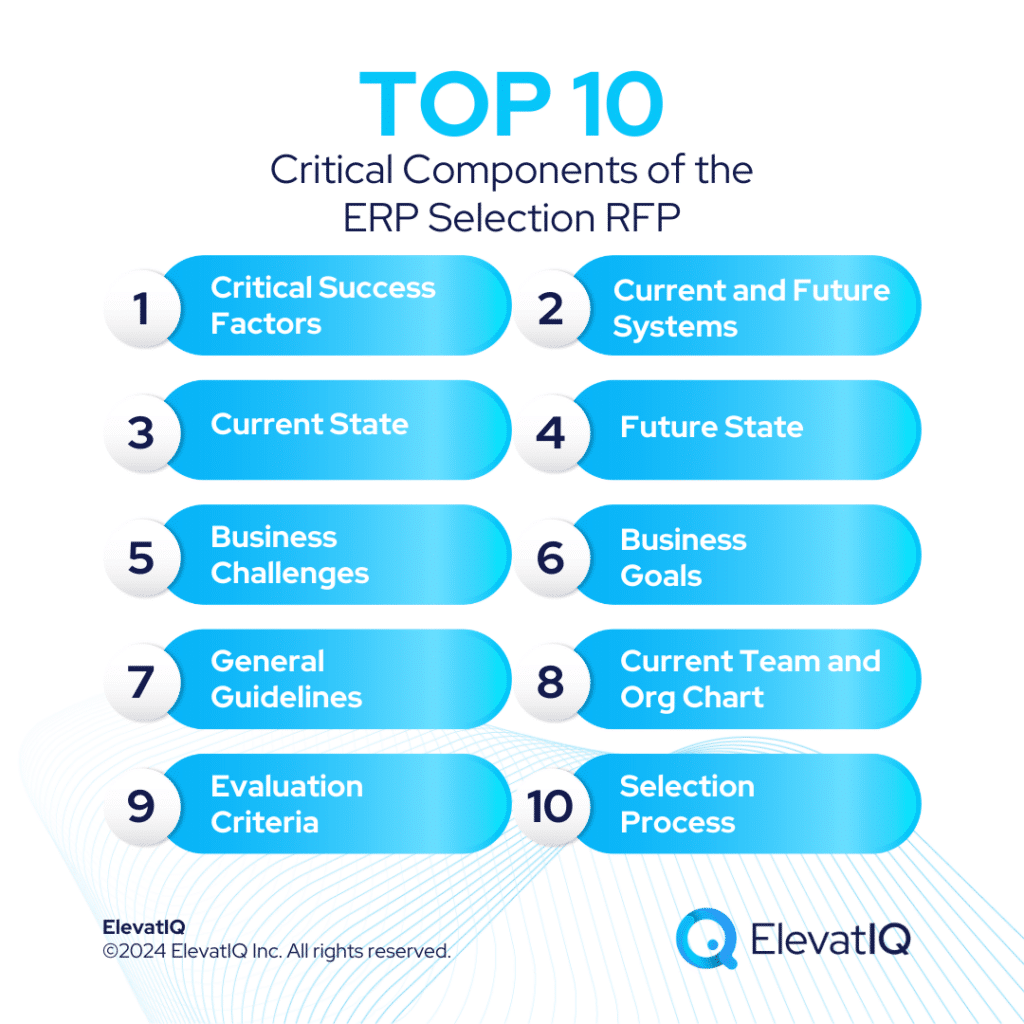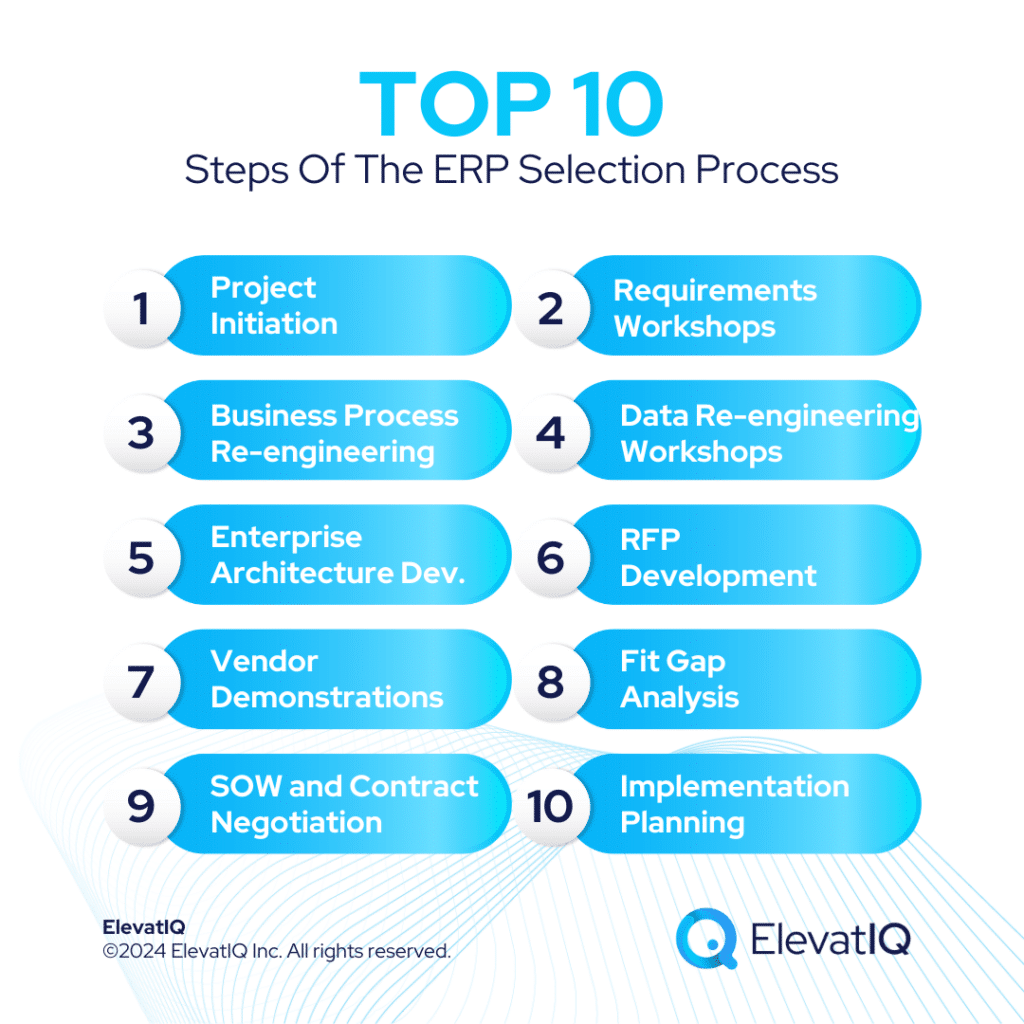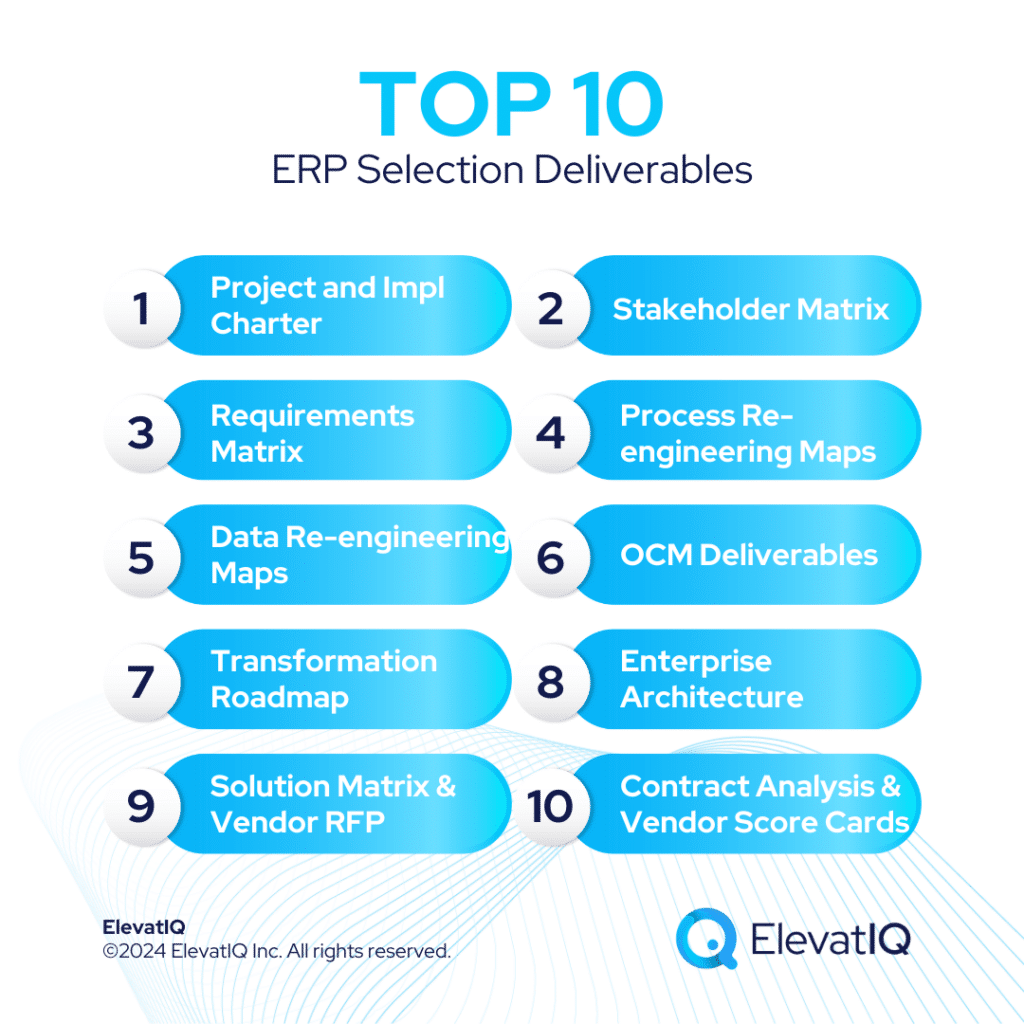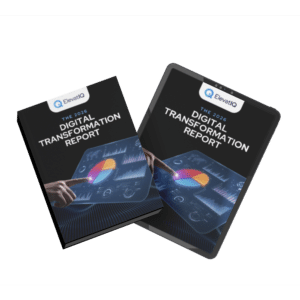Top 5 Types of ERP Contracts
ERP contracts are not as straightforward. Depending upon the engagement structure (and different parties involved), the arrangements could vary, with serious implications on the outcome. These agreements include various elements, such as relationships and obligations of different parties involved, including licensing, pricing, implementation, support, and maintenance. They set the tone for your ERP initiatives.

Misunderstandings start with the misalignment in expectations. Even if different parties claim to be aligned, they might still arise because of the language used. The same keyword could mean different things in different contexts. For example, customers might expect ERP vendors to do the heavy lifting. However, vendors might expect their role to be just advisory due to the limited budget. Even if contracts might include detailed RACI charts, there might still be layers that might cause confusion and disagreements.
Moreover, customers struggle with ERP contracts due to their myopic focus on hourly rates, pricing, and discounts, and because of this, they lose sight of details. The problems with contracts are very similar to any complex project, especially with scheduling. Because customers underestimate the complexity and expertise required to read between the lines. This article will explore the top five types of ERP contracts, discussing their nuances, benefits, and potential drawbacks.

1. Software License, Implementation, and Support on OEM Papers
In this ERP contract arrangement, you enter into multiple contracts directly with the software OEMs. In the ERP industry, the OEM would be software publishers such as SAP, Oracle, or Microsoft. The software OEMs would not only provide the software and product support, but they would also use their professional services to help with implementation. These contracts are usually segregated into software, service, and support agreements, each serving a distinct purpose and carrying different legal obligations.
The software agreement encompasses an End User Licensing Agreement (EULA), which defines the terms and conditions for utilizing the ERP software and the accompanying IP rights. On the other hand, the services agreement focuses on the services related to implementing the ERP software. This typically includes information about the skills required, the methodology for implementing the software, project timelines, and the roles and responsibilities of both parties involved.
The support agreement specifies the support services provided for the ERP system. It often categorizes support into different tiers based on the severity of issues, sets timelines for issue resolution, and may define billing rates for additional services not covered by the initial support agreement. This agreement may also contain provisions related to warranties.
Key points to remember: OEMs are generally cautious in their consulting and support recommendations. The caution arises because any help or recommendations they provide in areas not explicitly defined in the contract may affect their obligations under the software agreement. By assuming too much risk in these areas, the software company may potentially jeopardize its software contract so they may be conservative in their approach.
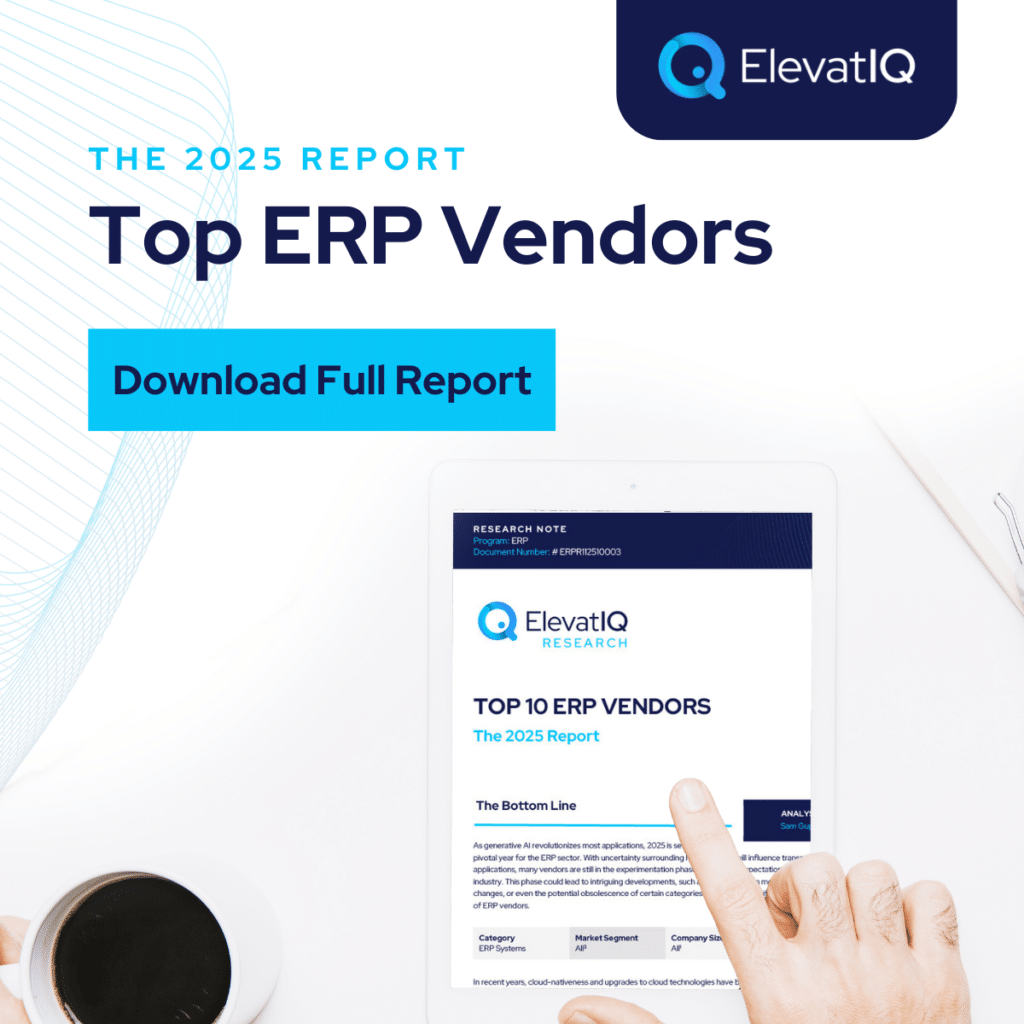
2. Software Licenses on OEM Papers; Engagement with a Reseller
In this arrangement, the software contract is still with an OEM, but your primary engagement will likely be with a reseller. These resellers typically have access to the OEM’s quoting software and can provide a quote on official OEM documents.
In this arrangement, the OEM works in the background. They may not actively engage with the customer unless specific issues arise that may require their involvement, particularly if the customer’s relationship with the reseller becomes problematic. In such cases, the OEMs generally take over the reseller and might suggest switching to another reseller. In this arrangement, there are potential issues to consider:
- Discounts and Costs: The discounts and costs associated with the ERP software may change based on new resellers’ tier status.
- Reseller Commissions: Switching to a different reseller might affect the commission structure, potentially leading to a loss of existing discounts or benefits.
- Support Costs: If the company decides to switch back to the OEM for support, this may be more expensive than receiving support from the reseller.
Key points to remember: The support for the ERP software in this arrangement can vary. Sometimes, the software OEM may still provide support directly, or the reseller might handle the first level of support. The reseller will collaborate with the OEM if more advanced support is required. Implementation contracts with resellers are usually easier to switch unless the reseller has used proprietary intellectual property (IP) in the implementation. In such cases, changing resellers can be more challenging, as the new reseller or the OEM may not possess the specific industry-specific IP needed for the system to be useful for the customer.
3. Software Licenses on Reseller’s Papers
In this arrangement, the software vendor (OEM) transfers the legal responsibility for the software to the reseller. This means that the reseller becomes primarily accountable for the software sales, support, and any legal issues that may arise. The relationship between the OEM and the reseller remains transactional, meaning the OEM would still transact with the reseller for each transaction rather than buying in bulk. The reseller earns a commission for each sale it makes.
However, the OEM does not control (at least not directly) the final selling price the reseller offers to customers. The OEM provides the software to resellers at a wholesale price. This wholesale price is typically lower than what end customers pay. In this arrangement, the reseller can determine the final selling price to customers.
Key points to remember: The legal responsibility for the software product is entirely shifted to the reseller. In other words, if any legal issues or disputes arise related to the software, the reseller is held accountable. The reseller is also responsible for providing customer support for the software. Customers may contact the reseller for assistance, and the reseller is expected to resolve any issues. Additionally, the reseller may be able to customize the software to meet industry-specific needs. It’s common for resellers in this arrangement, especially those dealing with horizontal software platforms such as SAP, Oracle, NetSuite, or Microsoft, to have their own Intellectual Property (IP) that enhances the core software. This IP may provide industry-specific functionalities that cater to the unique needs of specific business sectors or verticals.

4. Software Licenses Sold in an OEM Relationship by Software OEMs
This is a special arrangement with resellers and might be reserved only for certain territories/geographies or for very large resellers. In this arrangement, the resellers acquire licenses from their software publishers (or software OEMs) in an OEM arrangement. This agreement might be based on a volume purchase, which means the reseller commits to buying a large number of software licenses.
In this scenario, the reseller could substantially change the software’s code, including selling under a completely new brand in a white-label arrangement. This can include customizing the software to meet specific needs, adding new features, or altering the software’s appearance.
Key points to remember: In this situation, the reseller OEM primarily acts as the software platform provider. They focus on creating and maintaining the core software product. You might have limited or no direct interaction with the software OEM as a customer. Instead, your dealings would be mainly with the reseller OEM. Since you’re primarily dealing with the reseller OEM, you may not have access to the software OEM’s support and resources. If you encounter issues or need assistance, you typically contact the reseller OEM. If the reseller chooses to white-label the software, they may establish support and implementation services. This means they’ll provide customer support and help with the software’s deployment independently of the software OEM. They might have their dedicated support team and resources to assist you.
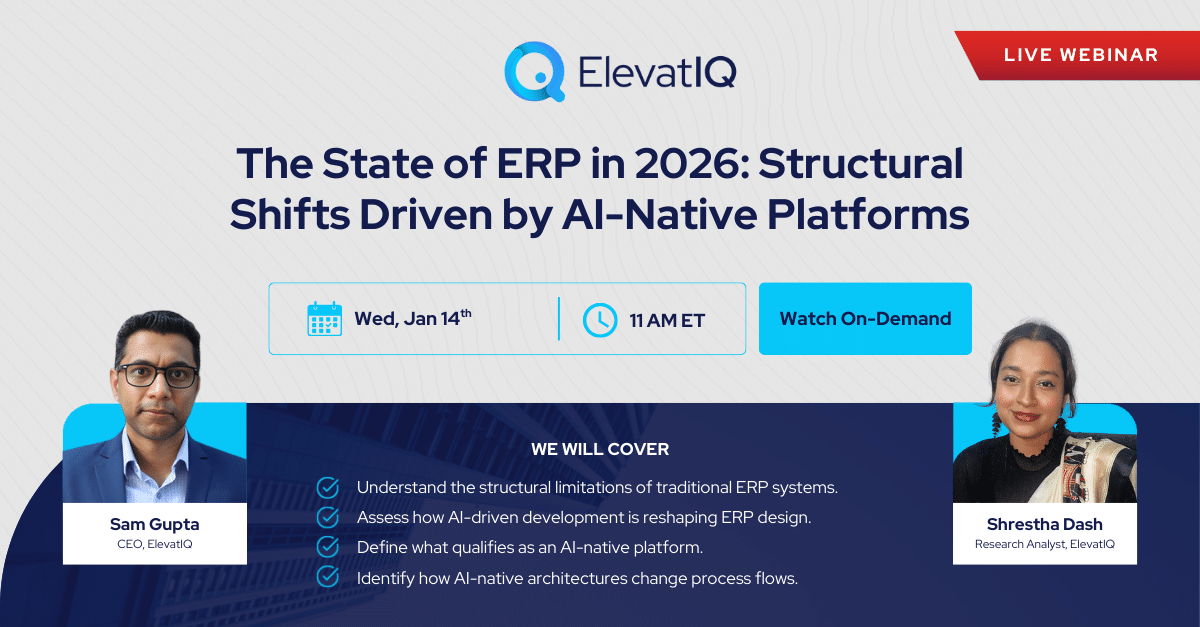
5. Software Licenses Sold in a Master Distributor Relationship
In this arrangement, the software OEMs may have several layers of master distributors with their respective channels to distribute the licenses. This arrangement is similar to the reseller OEM relationship in #4, where the software OEM will likely be least involved with the licensing and support. And for the most part, you are likely to deal with a master distributor.
Key points to remember: This arrangement is especially common with companies selling hardware, but software vendors like Microsoft will likely have similar relationships even for their ERP channel. Due to the nesting of relationships and contractual dependencies, this is perhaps the most convoluted arrangement where understanding the roles and responsibilities of each party might be harder, even for ERP experts.

Conclusion
Understanding the legal obligations of each party involved is essential for the project’s success. Otherwise, get ready to face the financial and legal surprises. These relationships and arrangements can challenge even the professionals tracking the space daily. So, don’t underestimate the expertise required to understand these contracts. Hire the advisors at least for negotiation before creating a million-dollar disaster by not fully understanding what you are signing up for.

FAQs
Top 5 Types of ERP Contracts Read More »




